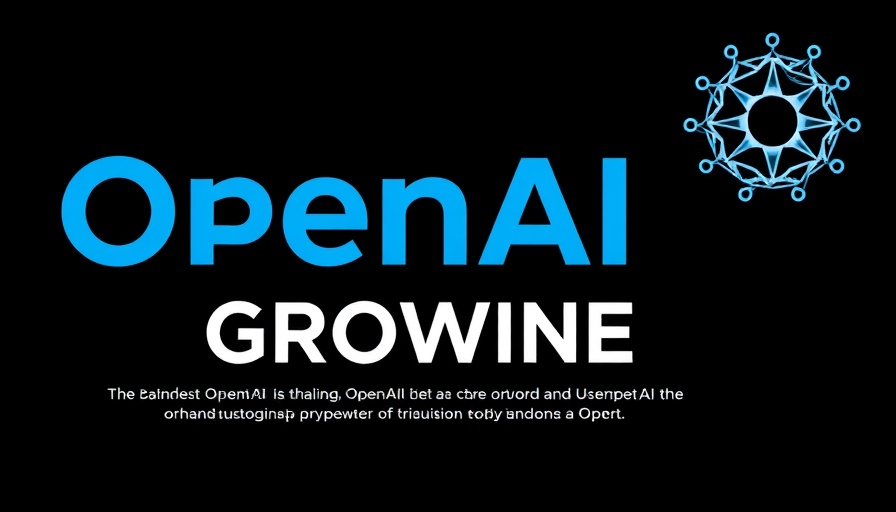
The Right Focus: Prioritizing Performance Over Tools
In the world of artificial intelligence (AI), a significant shift in focus can lead to rapidly improved products. Many AI teams mistakenly concentrate on the tools and technologies they are using rather than on the critical miss of performance measurement. Successful teams turn the traditional focus on tool selection on its head by emphasizing metrics that genuinely enhance user experience.
Error Analysis: The Keystone of Success
The most significant misstep an AI team can make is to skip error analysis. Too often, teams find themselves caught in a 'tools trap,' believing that adopting the latest framework or dashboard will solve their challenges. The grim reality is that without understanding the issues they're trying to resolve, teams can optimize for the wrong metrics. If your dashboard shows improved efficiency in a process that users still find cumbersome, the progress is futile.
Transformative Practices: The Success Stories
Consider Nurture Boss, an AI assistant dedicated to the apartment industry. Their approach involved closely analyzing conversation logs with users to pinpoint failure modes before implementing any tools. With dedicated error analysis as the foundation of their work, they ventured to iterate their AI capabilities, honing in on areas that would genuinely enhance user interaction and satisfaction.
Measuring What Matters: A Competitive Advantage
For AI teams, measuring the right metrics can provide a crucial competitive advantage. By understanding user interactions and feedback loops, companies can ensure that their AI evolves based on real-world performance, aligning closer with user needs. This demands a culture shift from simply tracking data to meaningful engagement with the metrics that drive change.
Conclusion: Embracing a Culture of Improvement
Companies looking to thrive with AI must embrace a culture focused on error analysis and iterative improvement. By prioritizing understanding over blind technical reliance, these teams can navigate the complexities of AI product development effectively. The potential for growth through harnessing meaningful performance data is transformational, steering organizations toward innovations that resonate with their audience.
 Add Row
Add Row  Add Element
Add Element 



Write A Comment